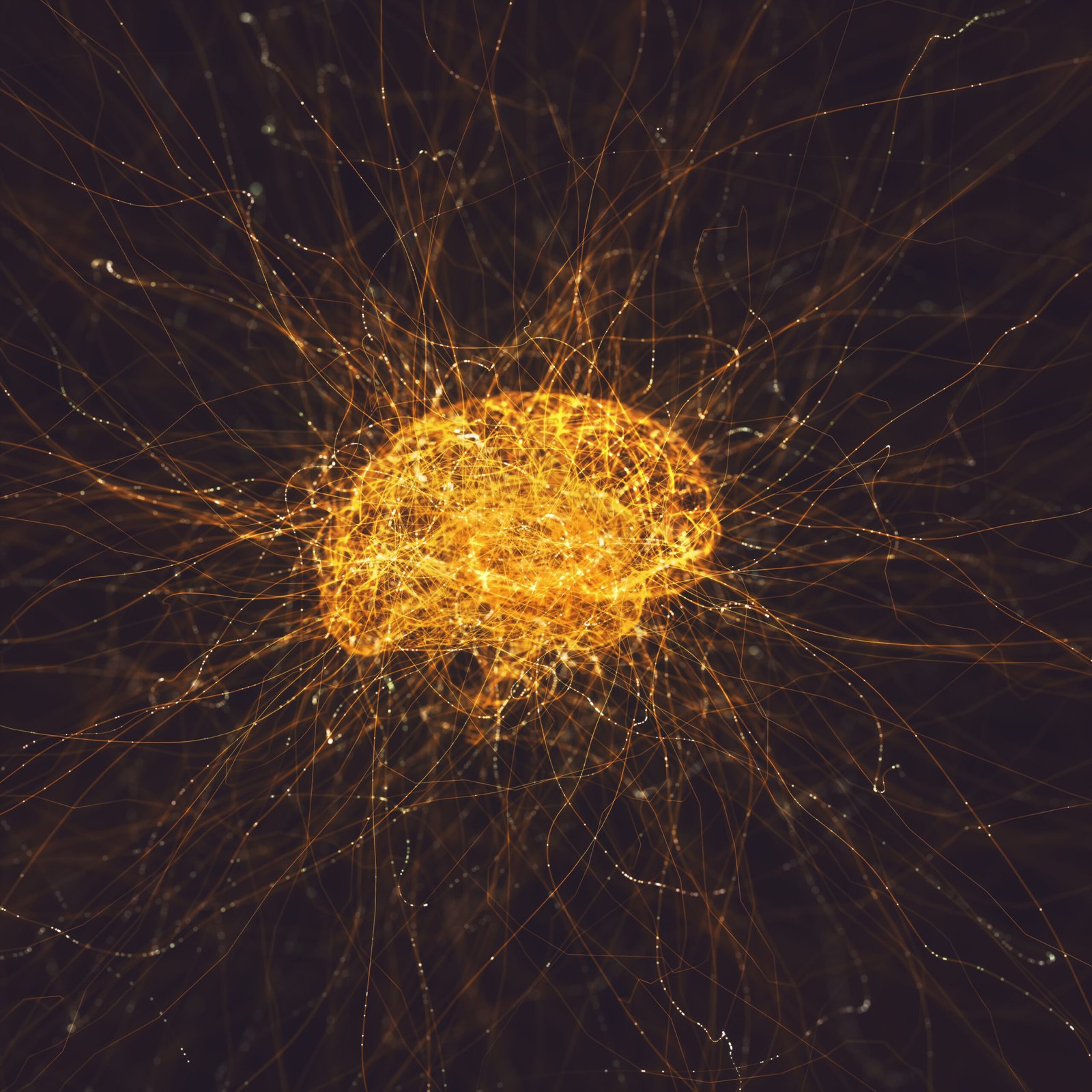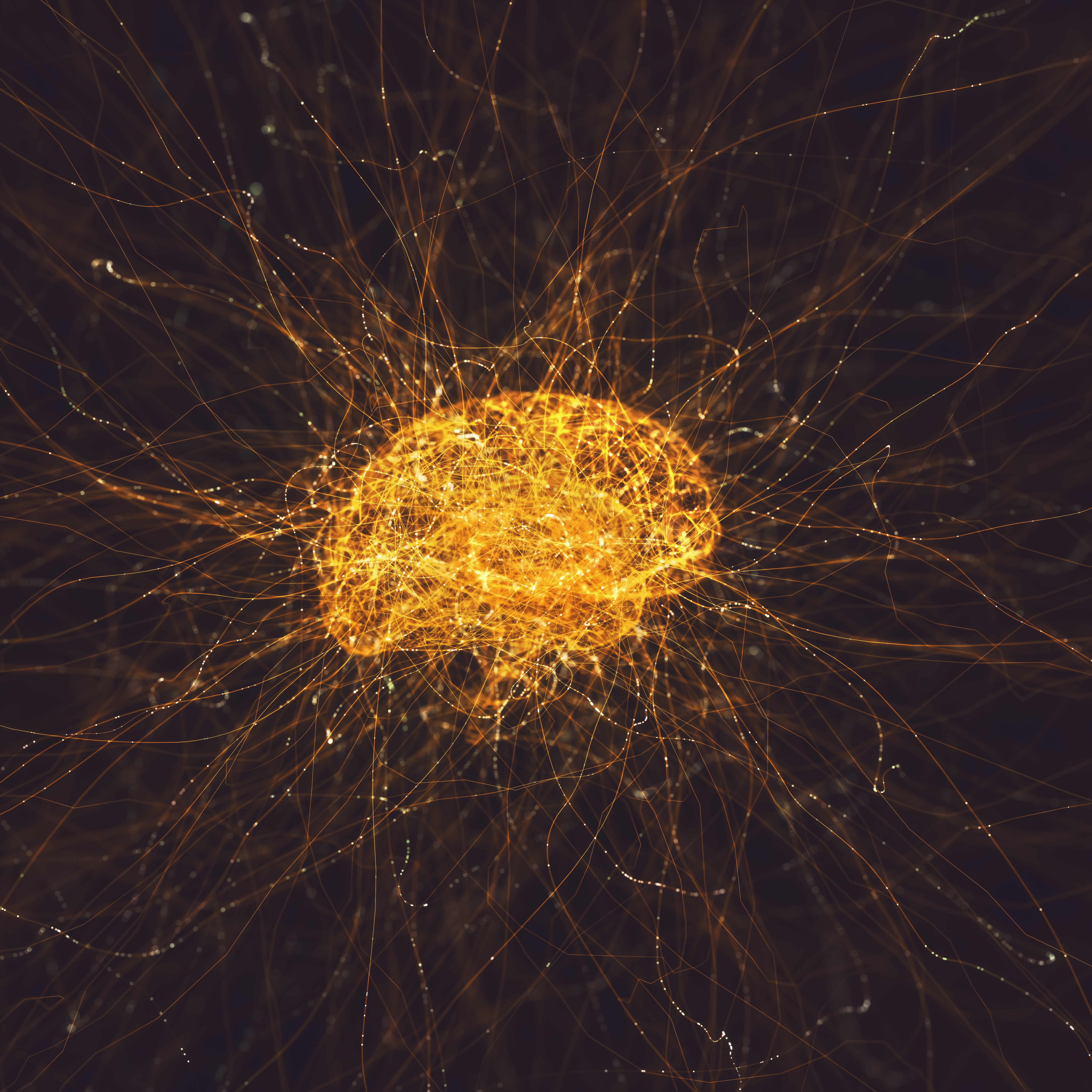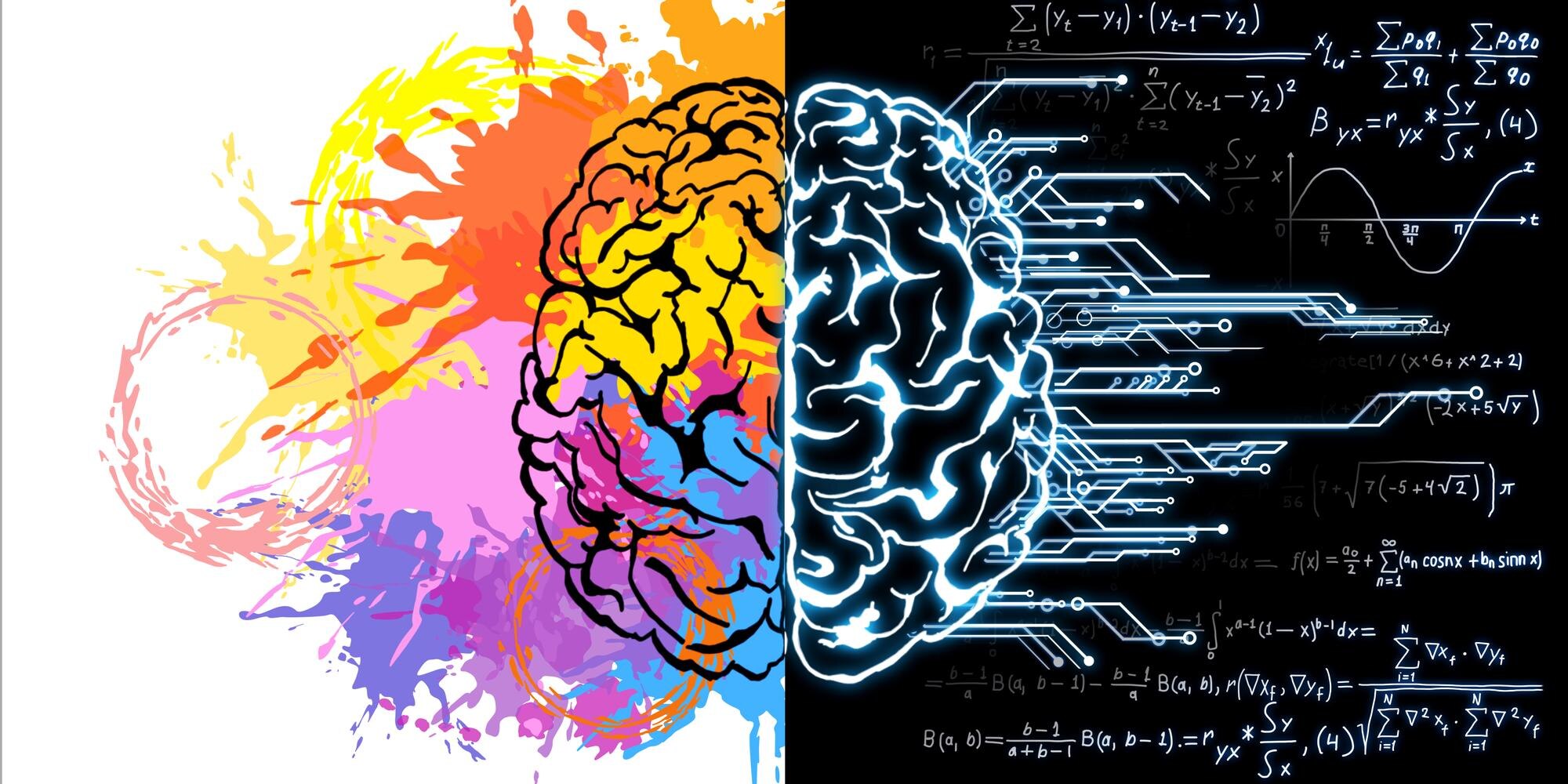
3D illustration. Human brain in concept of neural connections and electrical pulses.
Unlocking the Brain: The Science Behind Compulsive Behaviors
Compulsive behaviors can feel like an unending cycle of shame and self-judgment. But what if they were actually your brain’s way of trying to protect you? The science behind these behaviors reveals the hidden survival mechanisms at play. Understanding this can be the key to emotional freedom and self-healing. You’re not broken. You’re emotionally overwhelmed. And that can change. Join us as we explore the neuroscience of addiction, offering insights and tools to help you reclaim your life. Explore the VK Circle 90-Day Emotional Freedom Program and begin your journey to liberation today!
Understanding Compulsive Behaviors

Compulsive behaviors often appear as irrational and uncontrollable urges. Yet, these actions are deeply rooted in our brain’s survival mechanisms. Understanding this link paves the way toward emotional freedom and self-healing.
Brain Science and Survival
The brain is wired for survival, and compulsive behaviors can be seen as protective responses to perceived threats or stressors. According to Stanford researchers, these behaviors are tied to ancient wiring in our brains that once helped humans navigate danger.
Fight-or-Flight: This automatic response is triggered by stress, leading to compulsive actions.
Reward System: Compulsions often engage the brain’s reward pathways, providing temporary relief or pleasure.
Understanding these processes can help us replace shame with self-compassion. Emotional freedom begins when we recognize these behaviors as adaptations, not faults.
By shifting our perspective, we can see compulsive behaviors as part of a broader survival strategy. This shift is the first step toward healing.
Emotional Freedom and Self-Healing
Emotional freedom is achieved by addressing the root causes of compulsive behaviors. Self-healing involves creating safe, compassionate spaces for exploration and growth.
Awareness: Recognizing triggers and patterns is crucial.
Acceptance: Embrace your emotions without judgment.
Action: Develop healthy coping mechanisms to replace compulsive actions.
The VK Circle Program emphasizes this self-healing journey, focusing on emotional coaching and fostering self-love. Participants learn to understand their pain, not as a source of shame, but as a call for healing.
With these tools, individuals can transition from emotional overwhelm to clarity and empowerment.
Hidden Mechanisms of Addiction

Understanding addiction requires uncovering the hidden mechanisms that drive compulsive behaviors. This section delves into the neuroscience of addiction and highlights insights from root cause healing.
Neuroscience of Addiction Explained
Addiction is more complex than a lack of willpower. It’s deeply intertwined with the brain’s chemistry and structure. As detailed in the National Center for Biotechnology Information, addiction is linked to changes in brain circuits that affect self-control and decision-making.
Neurotransmitters: Chemicals like dopamine play a significant role in addiction by creating powerful urges.
Brain Circuits: Over time, addiction alters circuits related to reward and stress, reinforcing compulsive behaviors.
The neuroscience of addiction shows how deeply these behaviors are ingrained. Understanding these changes can help individuals move beyond self-judgment and toward healing.
By recognizing addiction as a brain-based condition, we can approach recovery with empathy and understanding, paving the way for lasting change.
Root Cause Healing Insights
Root cause healing involves identifying and addressing the underlying emotional pain that fuels addiction. According to research, including insights from UCLA Health, brain support cells may play a key role in compulsive behaviors.
Emotional Triggers: Often, past traumas or unresolved emotions are at the heart of addiction.
Healing Process: By working through these issues, individuals can lessen the hold of compulsive behaviors.
Key steps in root cause healing involve:
Identifying Pain: Reflect on past experiences that may contribute to current behaviors.
Understanding Patterns: Recognize how these experiences manifest as compulsions.
Healing: Use emotional coaching to foster self-love and acceptance.
Root cause healing provides a path to emotional freedom, encouraging individuals to confront and heal the pain driving their compulsive actions.
Reclaiming Power and Emotional Clarity

Reclaiming power involves building self-trust and emotional clarity. This section explores emotional coaching and VK Circle’s approach to liberation.
Emotional Coaching for Self-Trust
Emotional coaching is a process of learning to trust oneself and one’s emotions. It involves building a strong relationship with oneself, emphasizing self-love and acceptance.
Self-Reflection: Engage in regular introspection to understand your emotions.
Positive Affirmations: Use statements like “I am safe. I am ready to heal.” to foster self-trust.
According to studies, coaching helps individuals navigate their emotions, replacing self-doubt with confidence. By validating their feelings and experiences, individuals can gain clarity and make empowered choices.
The goal of emotional coaching is to transform self-judgment into self-trust, offering a foundation for lasting change.
VK Circle’s Path to Liberation
The VK Circle offers a unique approach to overcoming compulsive behaviors. By addressing the root emotional pain, fostering self-love, and empowering self-trust, VK Circle provides tools for liberation.
Key Features of VK Circle’s Program:
Non-Clinical Approach: Focus on personal growth without labels or diagnoses.
Empowering Tools: Learn methods to manage emotions and develop healthier habits.
Community Support: Join a community of individuals on a similar path to healing.
VK Circle helps participants replace self-hate with self-love and emotional numbness with self-trust. This path to liberation is grounded in empathy and understanding, empowering individuals to reclaim their power and clarity.
By embracing these principles, individuals can achieve emotional freedom and reclaim their lives. 🌟



